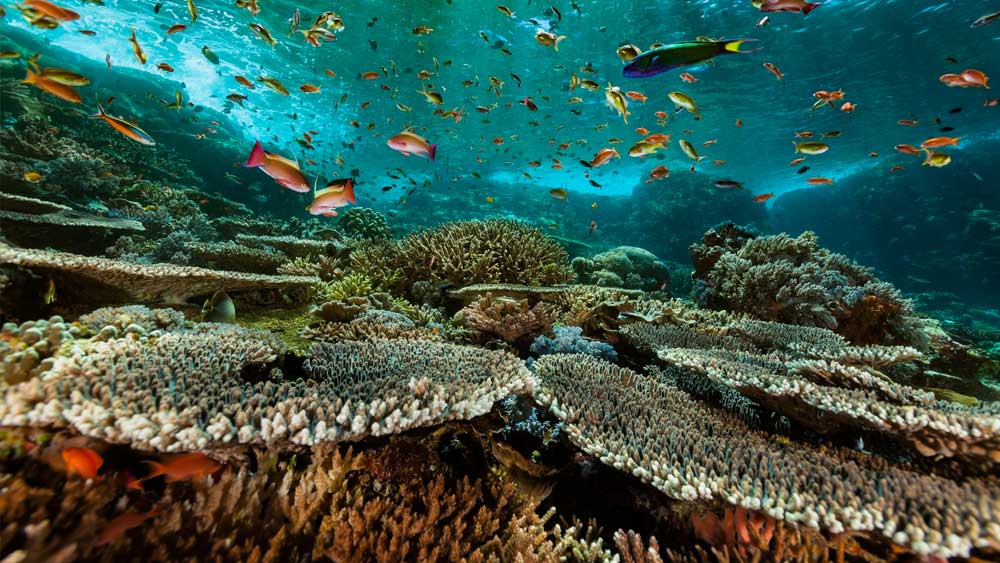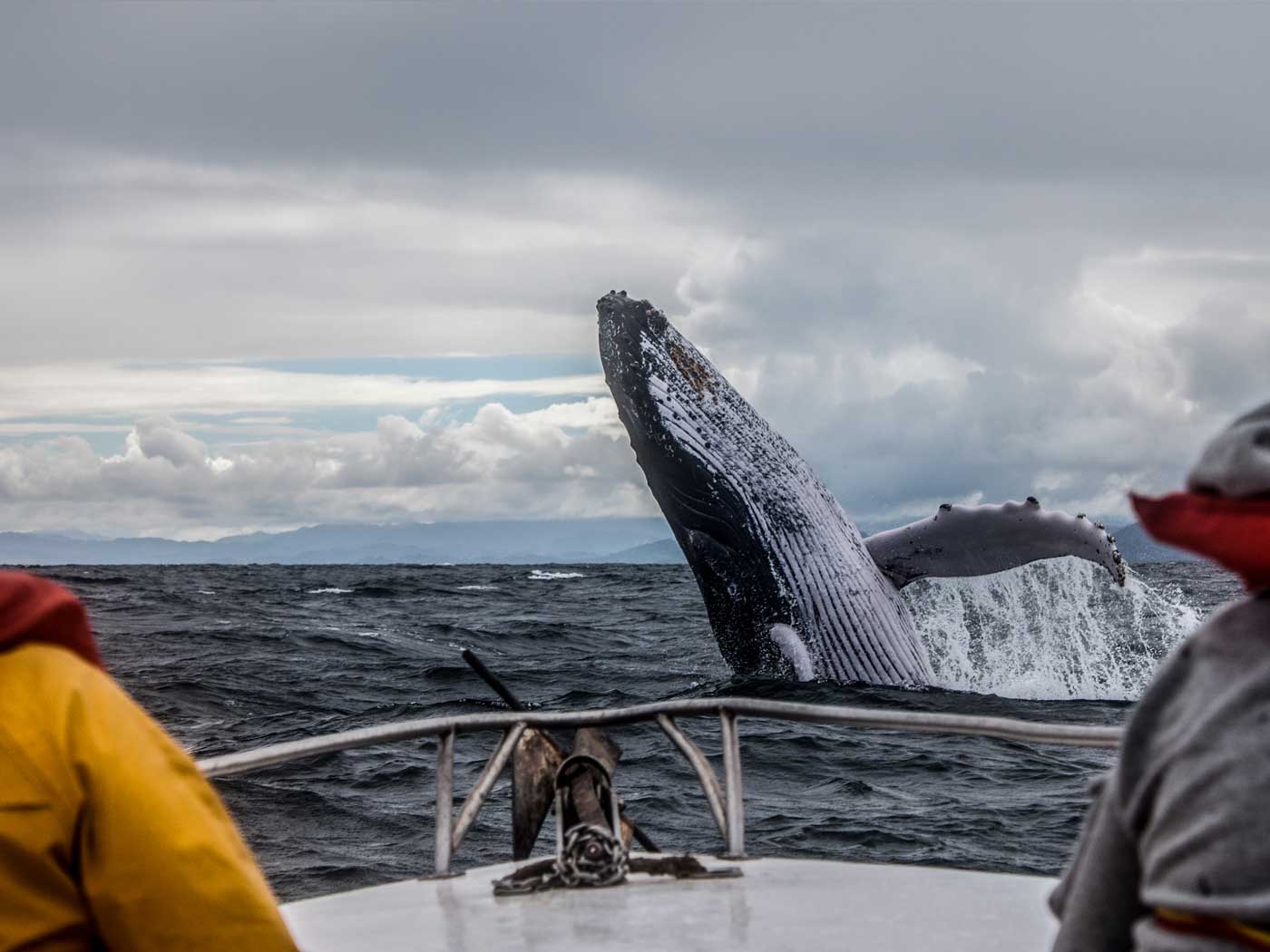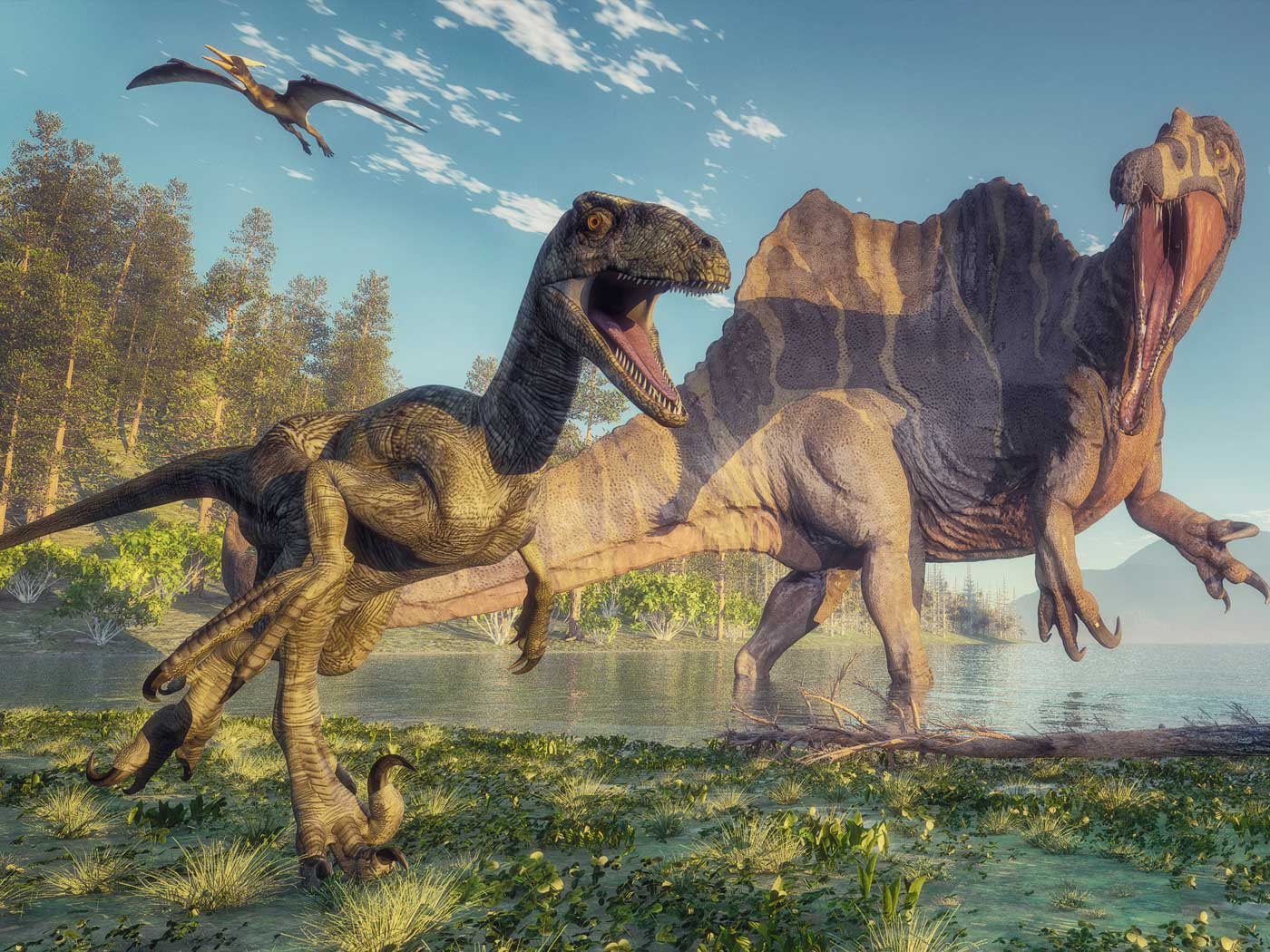In centuries past, our pristine oceans teemed with schools of fish, and whales thrived. But today, our oceans take a beating. Literally tons of waste are dumped into the oceans every year—industrial waste, sewage waste, and even radioactive waste. Two near-islands of garbage, called the western and eastern Great Pacific Garbage Patches (each spanning many square kilometers), swirl in the North Pacific Ocean.1 Will we ever be able to clean the oceans? A new “landmark” international study published in Nature shows how we could restore them—in one generation.2
The study included expert marine scientists from four continents, ten countries, and 16 universities. First, good news: Hunting restrictions on endangered marine creatures have worked. For example, intense whaling during the 19th and 20th centuries brought western south Atlantic humpback whales to the edge of extinction. But now they are making a comeback, from just 450 recorded in the wild to around 25,000.3 That’s still not a lot, but it’s a significant improvement and shows that restoration efforts make a difference to marine life.
The Nature study used evidence from these kinds of conservation efforts to discover how best to clean our oceans. According to Phys.org, “The researchers identified nine components integral to rebuilding marine life, salt marshes, mangroves, seagrasses, coral reefs, kelp, oyster reefs, fisheries, megafauna and the deep sea.”4
In response to these components, the researchers suggested six interventions called “recovery wedges.” They are: protect species, harvest wisely, protect spaces, restore habitats, reduce pollution, and mitigate climate change. Generally, ICR thinks that climate change is happening, although it is minimal and mostly related to fluctuating sunspots.5
According to the study authors, if we make concentrated efforts to enact these kinds of conservation tactics, we could restore the oceans to pre-industrial conditions by 2050.
As stewards of the Earth, we are responsible for protecting our environment. Of course, we shouldn’t let our value of the environment supersede our value of human life, but we can make concentrated conservation efforts to clean our oceans.
Is it possible to restore our oceans to the way they once were? We can be hopeful—and at least try.
References
1. Great Pacific Garbage Patch. National Geographic. Posted on nationalgeographic.com, accessed April 3, 2020.
2. Duarte, C. Rebuilding marine life. Nature. 580: 39–5.
3. Ma, M. Humpback whale population on the rise after near miss with extinction. ScienceDaily. Posted on sciencedaily.com October 21, 2019, accessed April 3, 2020.
4. Staff Writer. Landmark study concludes marine life can be rebuilt by 2050. Phys.org. Posted on phys.org April 1, 2020, accessed April 3, 2020.
5. Hebert, J. 2020. Cosmic Rays, Sunspots, and Climate Change, Part 1. Acts & Facts. 49(3); Hebert, J. 2020. Cosmic Rays, Sunspots, and Climate Change, Part 2. Acts & Facts. 49(4).
*Truett Billups is an editor at the Institute for Creation Research.

New Study: How to Clean Our Oceans by 2050
The Latest
Scientists Question Foundational Big Bang Assumption
In April 2024, some of the world’s leading cosmologists convened at the Royal Society in London to question the cosmological principle—the...
Moroccan Dinosaurs in Marine Rocks, Too
Two recent papers by paleontologist Nicholas Longrich and his colleagues describe some unexpected findings in phosphate mines of northern Morocco.1,2...
CREATION PODCAST
Ernst Haeckel: Evolutionary Huckster | The Creation Podcast:...
Ernst Haeckel, a German Zoologist, is famous for developing a series of images of embryos in development called Anthropogenie. These images,...
Bees Master Complex Tasks Through Social Interaction
Bees are simply incredible.1,2 These little furry fliers challenge the very foundation of Darwinism in many diverse ways.
Bees have been...
The Tail of Man’s Supposed Ancestors
Although it has been known for decades and despite insistence to the contrary from the evolutionary community, man—Homo sapiens—has never...
When Day Meets Night—A Total Success!
The skies cleared above North Texas on Monday, April 8, for a spectacular view of the 2024 Great American Solar Eclipse. Hundreds of guests joined...
The Sun and Moon—Designed for Eclipses
Before discovering thousands of planets in other solar systems, scientists tended to assume that other solar systems would be very similar to our own....
Let ICR Help You Prepare for the Great American Solar Eclipse!
On Monday, April 8th, the moon will move directly between the earth and the sun, resulting in a total solar eclipse visible in northern Mexico, much...
Total Eclipse on April 8th
“You alone are the LORD; You have made heaven, the heaven of heavens, with all their host, the earth and everything on it, the seas and all that...
CREATION PODCAST
Dismantling Evolution One Gear At A Time! | The Creation Podcast:...
The human body is a marvel of complexity and the more we learn about it, the more miraculous our existence becomes! Can evolution explain the...




















